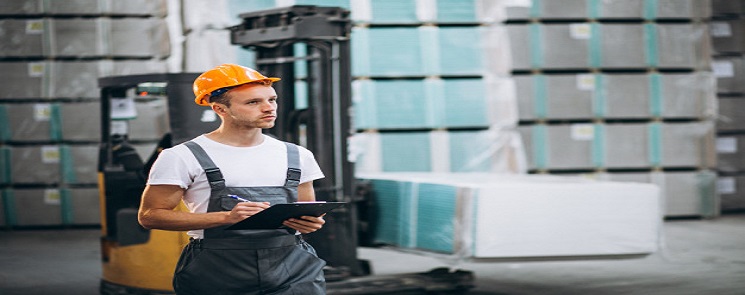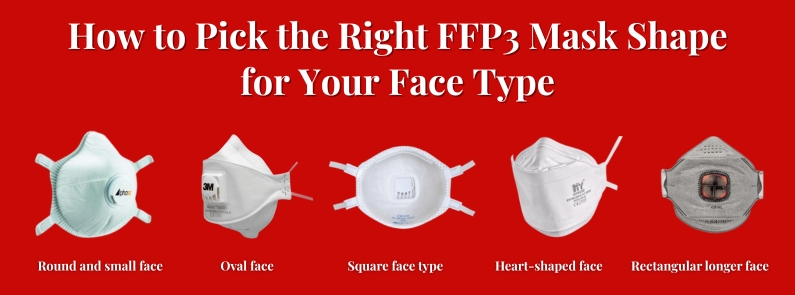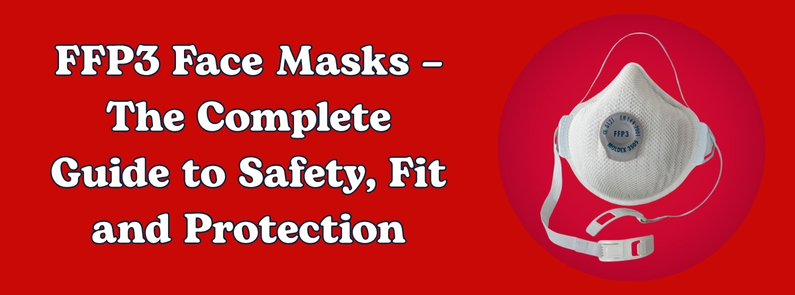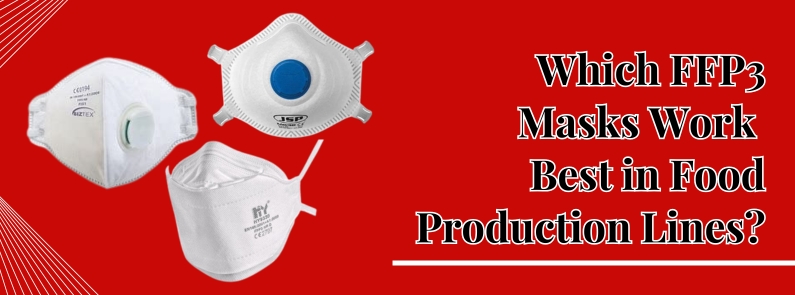
A warehouse is an integral part of businesses. Thus, it is essential to ensure safety. The working environment in warehouses involves a wide range of activities that come with potential health hazards. It could be operating heavy machinery, lifting heavy loads, moving forklifts or working in close proximity with hazardous and risky tasks.
Ensuring proper safety measures in warehouses is a legal requirement. More so, adhering to safety rules and regulations contributes to the well-being of your employees as well. Also, working in an environment that does not have safety as a priority would expose your employees to risk. Such a workplace would reflect poorly on you as an employer and it could also incur costs arising from time off from injured employees or even the potential legal damages.
Information and Education About Safety
Providing health and safety training is part of the legal requirement. Many warehouse accidents occur because of human error. It is possible to prevent most such accidents if the employees know about the steps to take in such situations. An important part of the training should be about the right workwear. For example, for those who work in asbestos-industries, using an effective mask such as sundstrom mask will be useful to keep asbestos away from the lungs.
Effective PPE to Ensure Protection
The Coronavirus crisis has brought PPE or personal protective equipment into focus. Though the importance of PPE is not lost on industries, more industries have started to take notice now. One of the best ways to protect your workers in the warehouse is through PPE.
It depends on the kind of job as to what kind of PPE they would need. For example, if there is exposure to falling materials or lots of dust, using the best dust masks will be an effective protective cover.
Here is a list of a few PPE:
- Helmets to Prevent Head Injuries
- Cloth with high visibility such as neon or orange jackets, vests, etc.
- Safety glasses, goggles, welding glasses, shields, etc., to prevent eye injuries
- Ear Plugs to Keep Out High Decibel Sounds
- Proper gloves to offer safety as required including protection against germ risks, sharp objects, chemicals, etc.,
- Masks to protect against inhaling poisonous vapours, smoke or fine dust, examples are dust masks or full-face masks such as ffp2 mask which are extremely effective in highly toxic environments
- Safety shoes and boots with anti-skip soles to prevent falls or slips or injury to the foot
Vehicular Safety Guidelines
Forklifts and utility vehicles are essential in a warehouse. Forklifts are believed to be the cause behind most warehouse accidents. Similar risk also comes with vehicles in the warehouse.
It should be mandatory that only certified workers operate forklifts and vehicles. Installing bumpers, visible markings on the floor, enforcing speed limits, etc., can go a long way in preventing accidents.
Fire Safety Procedures
One of the major hazards is fire. It may not only cost major financial loss but may also cause fatalities. Enforcing fire safety protocols should be a priority and it could be a major safety precaution.
Ensuring fire safety guidelines should be a regular feature. Fire drills, regular checks, and developing fire evacuation and emergency plan are necessary to create a fire-proof warehouse.
Prevent Slips and Falls
Falling from height or tripping on things is found to be common causes of injuries in warehouses. While training could help to know about the dos and don’ts while working at heights or around wires and vehicles, you can also take various steps to prevent slips and trips inside the warehouse.
Cables are a trip hazard, so organising them and utilising cable protection covers could help. A must-have is visible signage to help caution employees against hazards.
A Warehouse Route Plan
Mark clear paths using visible paints and put up pictograms or signs to let your employees know which routes they should follow. You can prevent many accidents when you keep pedestrian and vehicle routes separate. Try to avoid blind corners and sharp bends.
Regular Audit to Revise and Re-implement Plans
Safety practices are not a one-time effort but they should be a part of daily routine. They cannot be the same every time, so it is essential to revise old mechanisms and replace them with modern solutions. Hence regular safety audits are crucial to ensure rules are followed and to identify potential hazards. Also, check out your PPE as well, especially masks. Half-face masks are of great help in warehouses but they need to be replaced as and when needed.




